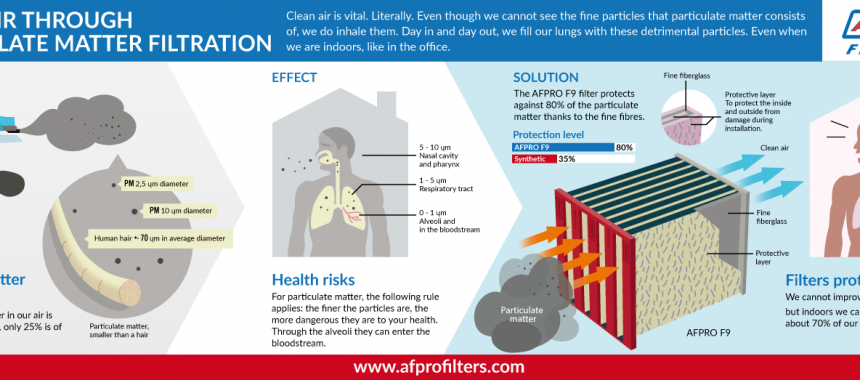Optimizing Comfort And Cost Savings - Tips For Optimizing Your Heatpump Efficiency
Optimizing Comfort And Cost Savings - Tips For Optimizing Your Heatpump Efficiency
Blog Article
Material Writer-Bendixen Gunter
Whether you possess a heatpump or have an existing central heating boiler back up, there are a few points that can be done to maximize your system for efficient operation. By complying with these suggestions, you can make best use of comfort and financial savings without stressing your system or acquiring energy expenses.
Changing your thermostat for effectiveness is one of the very first steps. Utilizing zoning capabilities to limit home heating of unoccupied areas is one more reliable method.
1. Set Your Thermostat to the Right Temperature
As the seasons change, balancing comfort and cost performance can be a difficulty. Thankfully, a few basic tips can assist you decrease power intake and take full advantage of savings.
Start by establishing the most effective temperature level for your family members, then set your thermostat as necessary. Stay clear of making large lift and down in the temperature level setup, as this will certainly trigger your heat pump to cycle on and off a lot more regularly, using up extra energy.
Instead, slowly lower the temperature during the night for a more comfy sleeping atmosphere. After that, raise it a little in the early morning. Bear in mind to keep air vents open and guided downward when heating, and up when cooling down to maximize circulation.
2. Inspect Your System Routinely
A heat pump system needs very little upkeep, but it is necessary to examine the unit on a regular basis to catch any issues prior to they end up being severe. Clean indoor filters on a routine established by the manufacturer or when they're visibly unclean, and make sure outdoor systems have at least 2 feet of clearance to enable airflow.
Examining the system will additionally include cleaning, tightening up electrical terminals, and running efficiency examinations to guarantee precision throughout home heating and cooling down modes. It's recommended to have a professional solution the heat pump twice a year. Doing these regular services can make the most of energy cost savings and lengthen the life of the device.
3. Clear Snow and Ice Around the System
Heat pumps are designed to operate outdoors and require to be free of snow and ice in order to distribute air. If your heat pump is obstructed by snow and can not reel in air, it will toggle between heating and cooling and may exhaust.
It's important to clear a two-foot clearance around your outside device in order to boost airflow and avoid ice accumulation. Heat pumps generally enter a defrost mode in the wintertime to melt ice and snow however this procedure can be bothersome if your device is blocked by excessive snow. This will certainly lower your energy efficiency and bring about pricey fixing bills in the future.
4. Check the Refrigerant Levels
A heat pump uses refrigerant to cool your home in summer season and warm it in winter. a knockout post can aid maximize its performance by frequently inspecting the cooling agent levels.
It takes much more power to change the temperature level of your heat pump from a comfy setting to a chillier one than it does to preserve that temperature. Transforming the temperature level for short amount of times can additionally squander energy.
Dripping ducts and dirty air filters can bring about unequal temperature levels. They can additionally make your heat pump less reliable and set you back even more to operate. An expert can locate and repair these problems to enhance your heatpump's performance.
5. Enhance https://www.contractingbusiness.com/residential-hvac/article/20870958/the-ultimate-hvac-equipment-replacement-accessory Zoning Capabilities
Using the zoning capacities of a heat pump can help to reduce energy waste by warming only busy areas. This not only lowers power intake however also decreases operating costs and extends the life of the system.
The Build Balanced Areas device makes use of a genetic formula to build zones that meet required zone structure requirements. These criteria consist of equivalent area, compactness, and equivalent variety of functions.
Additionally, by utilizing smart thermostat innovation to maximize the temperature setups based upon tenancy patterns and scheduling, you can better improve your heatpump's performance. Maintaining a clean air filter, ensuring correct insulation and having your ductwork assessed for effectiveness can all contribute to improved energy cost savings too.
6. Shading the Outdoor Device
House owners frequently ask whether it's worthwhile to plant color trees near their outdoor air conditioner (AIR CONDITIONER) unit. The response is generally of course, as shading the AC system can help reduce warmth from the sun, which in turn helps it cool down much more successfully.
However, it is necessary to keep in mind that shading the AC system does not always cut power consumption. As discussed in the Discussion area of the FSEC report, the temperature of the surrounding air has a larger influence on cooling down effectiveness than does the quantity of air pulled in by the air conditioner.
If your air conditioning compressor is on the south side of your home, think about planting tall, deciduous trees with large, spread-out canopies. These can give appropriate shade within one year.